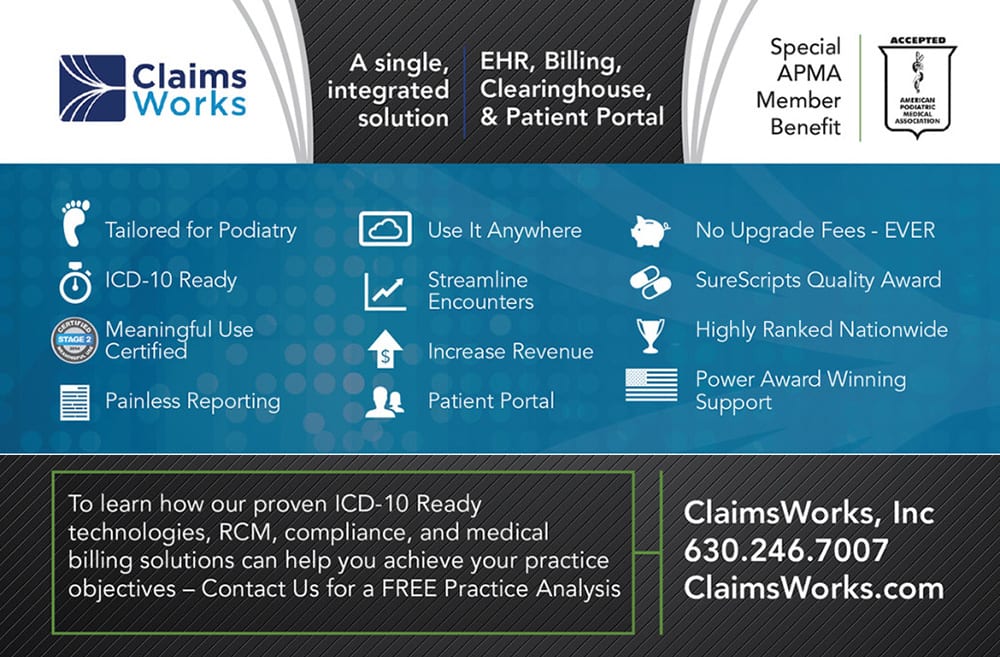
Direct Mail
Make it Count, Creatively.
What’s the difference between mail headed straight for the trash bin instead of into one’s heart and mind? Simple, it needs to be a work of art, which isn’t as simple as it sounds. A well-designed visually stimulating and carefully articulated piece can do wonders for your company. We can develop a piece that can grab attention by utilizing our expertise in the field.
In an age where inboxes are getting clogged, direct mail is a fantastic addition to your direct response strategy.
Direct mail doesn’t have to be an expensive undertaking. As a matter of fact, EDDM (Every Door Direct Mail) by the United States Post Office has really made direct mail a viable option for small businesses. Statistics prove that over time, direct mail has a slight edge in ROI over digital response campaigns, but when you combine them BOTH, the results are even better. But there are plenty of options, let’s break it down for you.



Direct Mail by the Numbers
With an over emphasis on electronic communication, it’s easy to forget the value of Some times the old ways are the best, and in this case, it’s the truth. Did you know…
According to the Direct Mail Association (DMA) Factbook for 2013, 65% of consumers of all ages have made a purchase as a result of direct mail.
We’re not saying one is better than the other. In fact, a well-timed email accompanied with direct mail campaign can do wonders for brand awareness. We’re just stating one fact of physics, it’s easier to delete pixels than ink, and for now there’s still a higher placed conceptual value to a message delivered by hand on paper.
According to Direct Mail News, in 2012 the average response rate for direct mail was 4.4% for both business-to-business and business to consumer mailings—considerably higher than industry expectations, and surging past electronic mail’s response rate of just 0.12%.*
*Online Marketing Institute
What are your options?
It really depends on what you are trying to achieve, the weight and size of the mail pieces, and when you want to get it into people’s hands. There are really four options….
USPS® Every Door Direct Mail® (EDDM®) is an affordable targeted advertising service that lets you map your marketing mail audience by age, income, or household size. You can use the EDDM mapping tool to choose the ZIP CodeTM and carrier route that will target your best possible customers—current and future. The EDDM mapping tool is easy to use and discounts are available even for small businesses. We can easily do this for you. Just tell us where and when, we’ll even design the campaign for you.
In an age where inboxes are getting clogged, direct mail is a fantastic addition to your direct response strategy. Direct mail doesn’t have to be an expensive undertaking. As a matter of fact, the introduction of EDDM (Every Day Direct Mail) by the United States Post Office has really made direct mail a viable option for small businesses.
Click here for more information on EDDM
Advantages:
- Speedy Delivery: First Class mail, in-state, is generally delivered in 1 to 2 days, and rarely takes longer than a week to anywhere in the continental U.S.
- Returned Mail: Bad addresses and moves that are 12 to 18 months old come back to the sender at no charge. Moves within 12 months automatically get forwarded (or could be directed by the use of postal endorsements) to come back to the sender. In either case, there is no charge.
- Postal employees try harder: Postal employees are instructed to make every effort to deliver first class mail. No directional indicator? Bad handwriting? If it’s first class there’s a good chance of arrival.
- Likely to be opened by the recipient: Because things of importance are mailed first class (bills, travel confirmation, etc.) recipients often feel compelled to open their first class mail.
Disadvantages:
- Cost: The postage on first class mail is higher than some of the other classes of mail to compensate for the additional services provided.
- Weight / Cost: Standard mail keeps the same rate as long as the piece weighs less than 3.3 ounces. The cost of first class mail rises incrementally with every ounce.
- Weight Restriction: Weight of a single piece cannot exceed 13 ounces.
Advantages:
- Low Cost: The Post Office gives standard mail users a low postage rate.
- Up to 3.3 ounces: While first class postage increases with every ounce, standard mail gives you the same low rate of postage up to 3.3087 ounces.
- Incremental postage increase: After 3.3 ounces, postage goes up incrementally as the weight goes up.
Disadvantages:
- Slow Delivery: Standard mail generally takes 4 to 8 business days, in-state. Across the U.S., 10 days to 3 weeks is normal delivery time. Worse yet, there is no guarantee that a portion of the mail will not take longer.
- Not required to return mail: The Post Office is not required to return undeliverable mail, and in fact throws most undeliverable standard mail away. While a mailer can use an endorsement to be notified of moves or bad addresses, it is not a free service.
- Weight Restriction: Weight of a single piece cannot exceed 1 pound, unless your piece qualifies for bulk printed matter.
- Qualification: To qualify for standard mail, one must have 50 lbs. or 200 pieces of mail. Either way, all the pieces must have identical weight.
Advantages:
- Low Cost: The Post Office gives additional discounts off the regular standard rates if nonprofit qualifications are met.
- Up to 3.3 ounces: While first class postage increases with every ounce, nonprofit mail gives you the same low rate of postage up to 3.3087 ounces.
- Incremental postage increase: After 3.3 ounces, postage goes up incrementally as the weight goes up.
- Mailer may be seen as frugal: Some nonprofit organizations make it a point to use their nonprofit status to show how frugal they are with donors’ money.
Disadvantages:
- Restrictions: Nonprofit mail has certain restrictions on what content the mailpiece can contain. If the nonprofit mailer has not complied, they can be charged back the additional postage.
- Slow Delivery: Nonprofit mail generally takes 4 to 8 business days, in-state. Across the U.S., 10 days to 3 weeks is normal delivery time. Worse yet, there is no guarantee that a portion of the mail will not take longer.
- Not required to return mail: The Post Office is not required to return undeliverable mail, and in fact throws most undeliverable nonprofit mail away. While a mailer can use an endorsement to be notified of moves or bad addresses, it is not a free service.
- Weight Restriction: Weight of a single piece cannot exceed 1 pound.
- Qualification: To qualify for nonprofit mail, one must have 50 lbs. or 200 pieces of mail. Either way, all the pieces must have identical weight.



